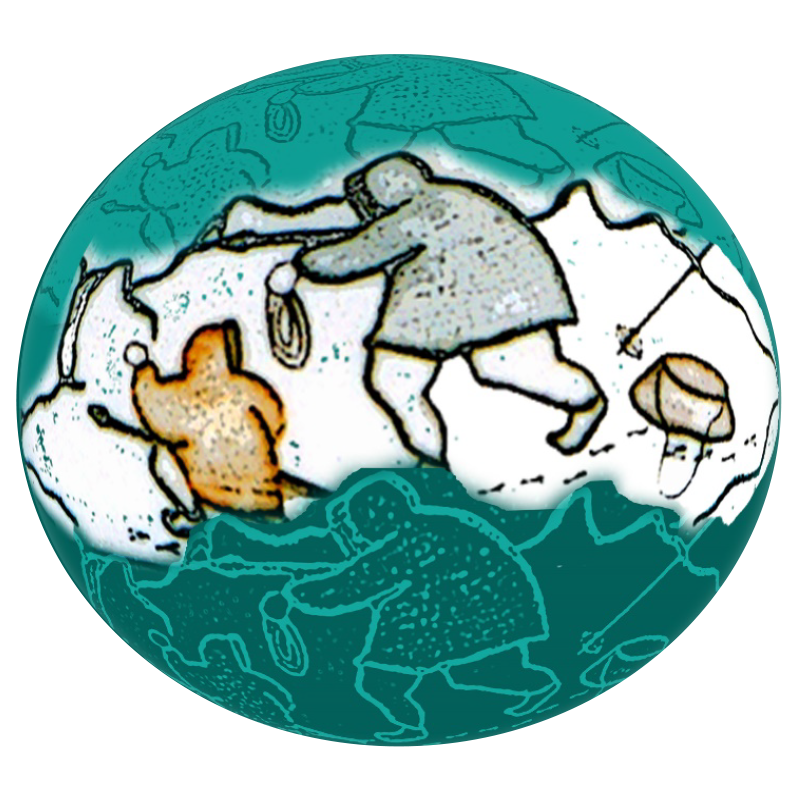Circumpolar Health Digital
Research Archives
Archives
The archives contains the research files produced and collected by Dr. Kue Young, primarily from the period 2000-2019. It is organized as follows:

Dr. Kue Young
Dr. Kue Young served as Dean of the School of Public Health, University of Alberta, from 2013 to 2018. Currently retired, he is Professor Emeritus at both the University of Alberta and the Dalla Lana School of Public Health at the University of Toronto. He devoted much of his professional and academic career to northern and Indigenous health as a practitioner, administrator, and researcher.
What is Circumpolar?
While there are two poles on planet Earth, the term “Circumpolar” is used primarily to refer to the Arctic. Various boundaries have been proposed to delimit the Arctic, such as the treeline, the 10°C July isotherm, and the line of continuous permafrost. Note that all of these “lines” are advancing northwards due to climate change. For circumpolar countries, they are defined as the 8 Member States of the Arctic Council, consisting of Canada, the Kingdom of Denmark with its autonomous territories of Faroe Islands and Greenland, Finland, Iceland, Norway, Sweden, the Russian Federation, and the United States of America. The Arctic Circle [66°34′ N] crosses all these countries [although barely touching Iceland] and the Arctic Ocean laps their shores. For circumpolar regions, the northernmost administrative regions within these countries are selected. Most health statistics are collected by government agencies and aggregated by administrative regions. More detailed maps of these regions can be found in the Maps section of the Archives.
